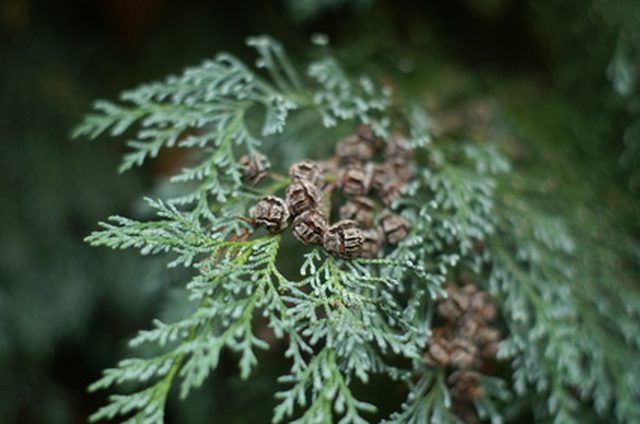Bulbs
Flower Basics
Flower Beds & Specialty Gardens
Flower Garden
Garden Furniture
Garden Gnomes
Garden Seeds
Garden Sheds
Garden Statues
Garden Tools & Supplies
Gardening Basics
Green & Organic
Groundcovers & Vines
Growing Annuals
Growing Basil
Growing Beans
Growing Berries
Growing Blueberries
Growing Cactus
Growing Corn
Growing Cotton
Growing Edibles
Growing Flowers
Growing Garlic
Growing Grapes
Growing Grass
Growing Herbs
Growing Jasmine
Growing Mint
Growing Mushrooms
Orchids
Growing Peanuts
Growing Perennials
Growing Plants
Growing Rosemary
Growing Roses
Growing Strawberries
Growing Sunflowers
Growing Thyme
Growing Tomatoes
Growing Tulips
Growing Vegetables
Herb Basics
Herb Garden
Indoor Growing
Landscaping Basics
Landscaping Patios
Landscaping Plants
Landscaping Shrubs
Landscaping Trees
Landscaping Walks & Pathways
Lawn Basics
Lawn Maintenance
Lawn Mowers
Lawn Ornaments
Lawn Planting
Lawn Tools
Outdoor Growing
Overall Landscape Planning
Pests, Weeds & Problems
Plant Basics
Rock Garden
Rose Garden
Shrubs
Soil
Specialty Gardens
Trees
Vegetable Garden
Yard Maintenance
Sun Requirements of Leyland Cypress
Sun Requirements of Leyland Cypress. Commonly known as leylandii, the Leyland cypress provides year-round color. It is a popular species to plant in gardens of new houses because it grows very quickly and provides privacy from other neighbors. Leylandii also absorb high noise decibels and this makes them suitable trees to grow near busy roads.

Commonly known as leylandii, the Leyland cypress provides year-round color. It is a popular species to plant in gardens of new houses because it grows very quickly and provides privacy from other neighbors. Leylandii also absorb high noise decibels and this makes them suitable trees to grow near busy roads.
Uses
Leylandii is a familiar sight in suburban gardens where it provides fast-growing boundary hedges, borders, windbreaks and screening. Despite its popularity, the species is the source of many neighbor disputes because it can grow up to 50 feet tall and 17 feet wide. If it is not pruned. it can block sunlight or easily topple over due to shallow roots.
Heritage
Leylandii is a cross between the Alaskan cedar and Monterey cypress and is an evergreen conifer. This means it retains its leaves all year and produces small woody cones instead of flowers. As a hybrid cross, the first leylandii tree is thought to have grown in 1888 in the grounds of Leighton Hall, Wales, after two conifers were grown close to each other.
Sun and Growth
Ideally, the leylandii prefers full sun in well-drained soil but it is a hardy species and can also thrive in poor soils and shade and will tolerate pollution. During the first year, it will only grow 1 foot tall while the root system is being established but after this period, it typically grows 3 to 4 feet per year.
Pests and Diseases
Reddy-brown branches are the sign of a fungal disease known as canker that can cause branches to wither and die. Leylandii also suffer from needle blight that makes needles go brown and fall off. It is common following periods of damp and windy weather as they provide the perfect conditions for infectious spores to spread and multiply.
Leylandii Law
In 2000, a Welsh resident was shot dead after an argument with his neighbor over a leylandii hedge that had grown 6 foot high. In 2005, a new law was introduced by the British government called Leylandii Law. It granted local councils the power to cut down leylandii trees if they were proven to be a nuisance to neighbors.